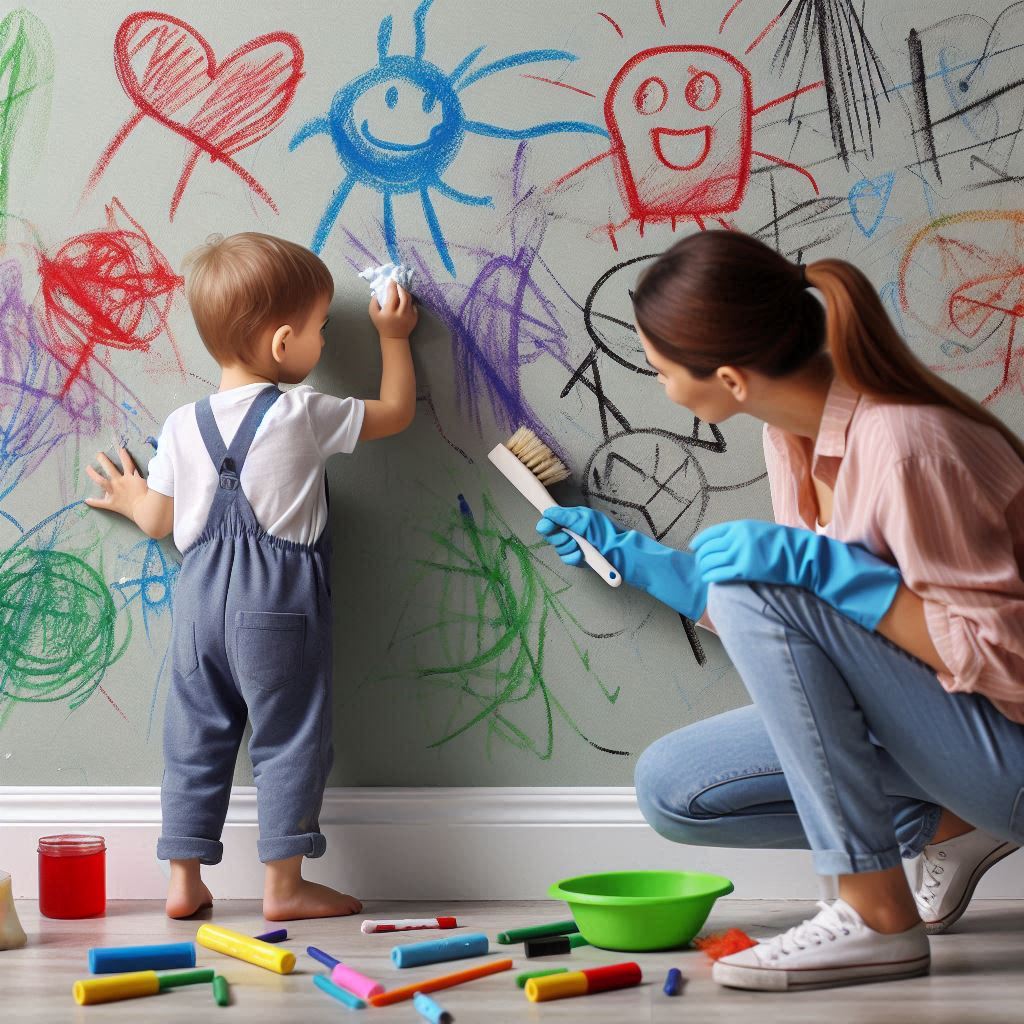Positive Discipline: What It Is and How to Use It at Home
What is Positive Discipline?
Positive discipline is an approach to guiding children’s behavior that emphasizes mutual respect, empathy, and problem-solving. Rather than using fear or punishment to correct behavior, positive discipline teaches children the consequences of their actions and helps them understand the reasons behind rules and boundaries. This method focuses on developing a child’s self-discipline, empathy, and responsibility.
Why Use Positive Discipline?
- Fosters a Strong Parent-Child Relationship
Positive discipline encourages open communication, making children feel understood and supported. This strengthens trust and connection between parents and children, creating a safe environment for kids to express themselves. - Teaches Life Skills
Instead of merely correcting behavior, positive discipline helps children learn important life skills, like empathy, responsibility, and self-control. These skills are foundational for success in school, friendships, and later life. - Encourages Emotional Development
Positive discipline teaches children to manage their emotions by modeling calmness and problem-solving. They learn how to handle frustration, disappointment, and other strong emotions in healthy ways. - Promotes Long-Term Positive Behavior
When children understand the reasons behind rules, they’re more likely to follow them even when parents aren’t around. Positive discipline helps kids internalize good behavior, making it a lasting part of who they are.
Positive Discipline Techniques to Use at Home
Here are some practical techniques to help parents implement positive discipline at home.
1. Natural Consequences
Allowing children to experience the natural consequences of their actions can be a powerful learning tool. For example, if a child forgets to pack a snack for school, they may feel hungry later. Experiencing the outcome of their choices helps them make better decisions in the future.
Tip: Make sure the natural consequence is safe and age-appropriate. Avoid using natural consequences that could cause harm or distress beyond what is reasonable for a learning experience.
2. Logical Consequences
Logical consequences are related to the behavior and are meant to guide children toward better choices. For instance, if a child colors on the walls, a logical consequence might be that they help clean it up. This approach connects the consequence directly to the behavior, making it easier for the child to understand the impact of their actions.
Example: If a child leaves their toys scattered in the living room, a logical consequence could be putting the toys away for a set time. This teaches responsibility and shows that there’s a consequence when rules are not followed.
3. Use Positive Reinforcement
Encourage positive behavior by acknowledging and reinforcing it. When children receive recognition for good behavior, they are more likely to repeat it. Positive reinforcement can be as simple as a smile, a thank you, or a specific compliment like, “I noticed you shared your toys with your sister—that was very kind.”
Tip: Be specific about what behavior you are praising. Instead of saying, “Good job,” try, “I’m really proud of you for cleaning up after playtime without being asked.”
4. Focus on Solutions, Not Problems
When a challenging situation arises, involve your child in finding a solution rather than just focusing on what went wrong. This empowers them and teaches problem-solving skills.
Example: If a child is struggling to finish homework, you could say, “Let’s figure out what would help you get your work done. Would you like a break or a quiet spot to focus?”
5. Respectful Communication
Positive discipline relies on respectful and empathetic communication. Instead of issuing commands, engage in two-way conversations. Listen to your child’s feelings and opinions, and explain your perspective. Respectful communication reinforces that their thoughts matter and helps build cooperation.
Tip: Use “I” statements, such as, “I feel worried when you don’t tell me where you’re going,” to express your feelings without sounding accusatory.
6. Model the Behavior You Want to See
Children learn a lot by observing their parents. If you want them to speak kindly, act responsibly, or handle frustration calmly, show these behaviors in your own actions. Modeling positive behavior gives them a clear example to follow.
7. Encourage Reflection and Responsibility
Encourage children to reflect on their actions and take responsibility for their choices. Instead of forcing an apology, guide them in understanding the impact of their actions and the importance of making amends. This could be as simple as saying, “How do you think your friend felt when you took their toy?”
Example: If a child accidentally hurts someone, guide them to apologize sincerely and offer a way to make it right, such as helping their friend with something.
Final Thoughts on Positive Discipline
Positive discipline is not about letting children do whatever they want, nor is it about strict control. It’s about guiding them toward understanding, empathy, and responsibility. This approach nurtures emotional growth and equips children with the skills to make thoughtful choices, communicate effectively, and respect others. By incorporating positive discipline techniques into daily life, parents can create a supportive, respectful environment that fosters a child’s growth, happiness, and well-being.
Positive discipline may require patience and consistency, but the rewards are well worth the effort. Through this compassionate approach, children can learn to become kind, confident, and resilient individuals.



